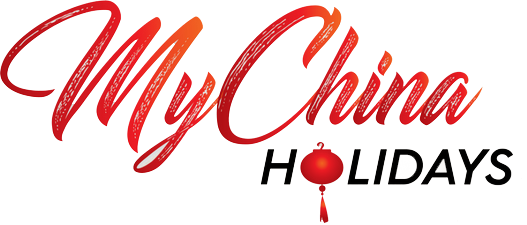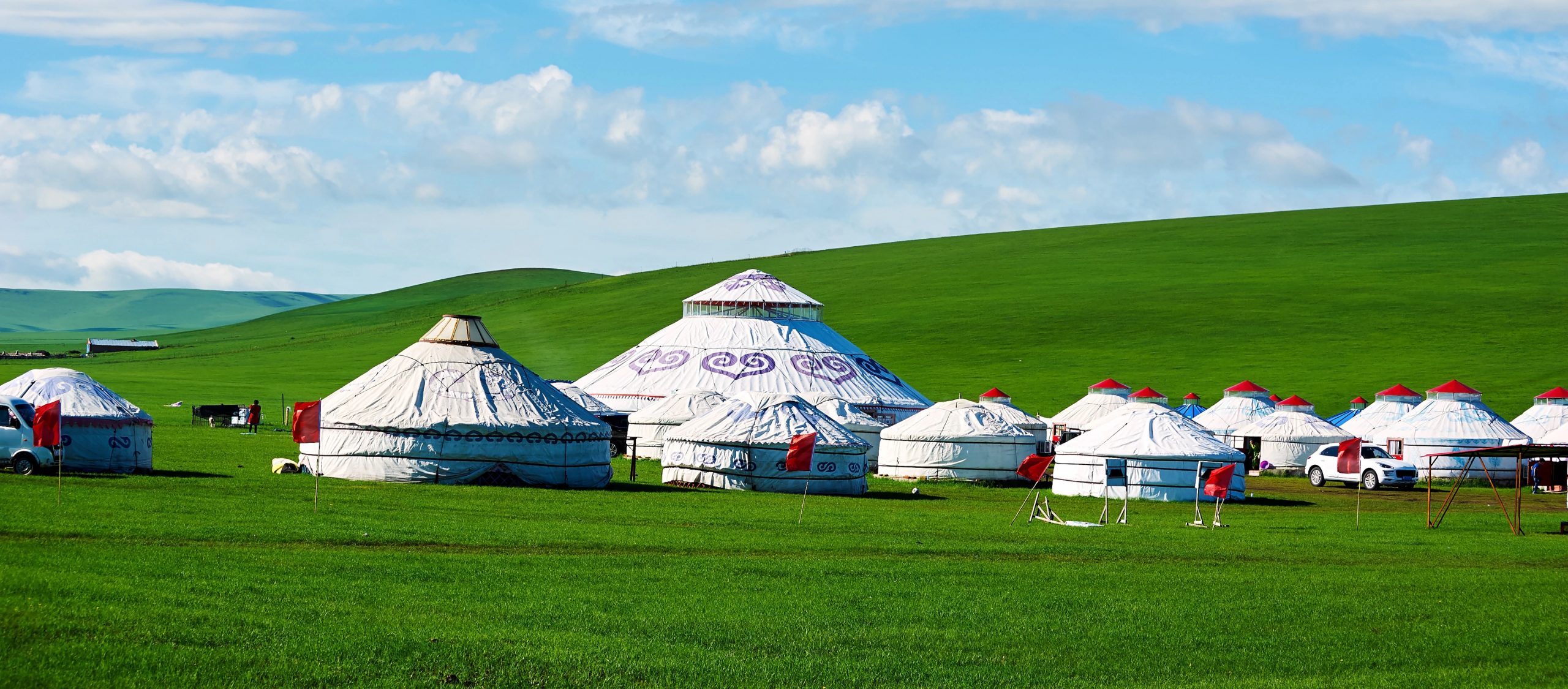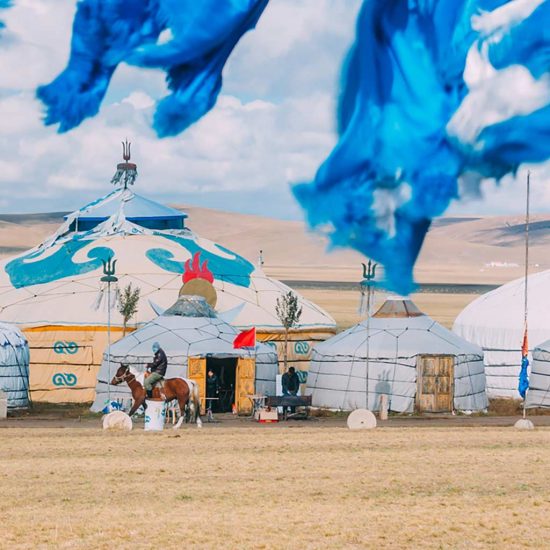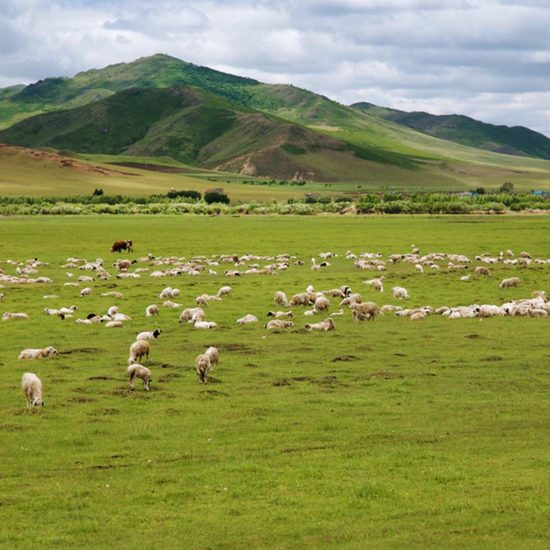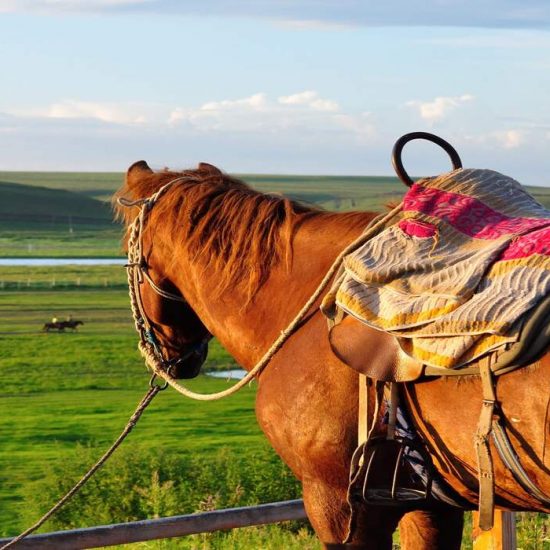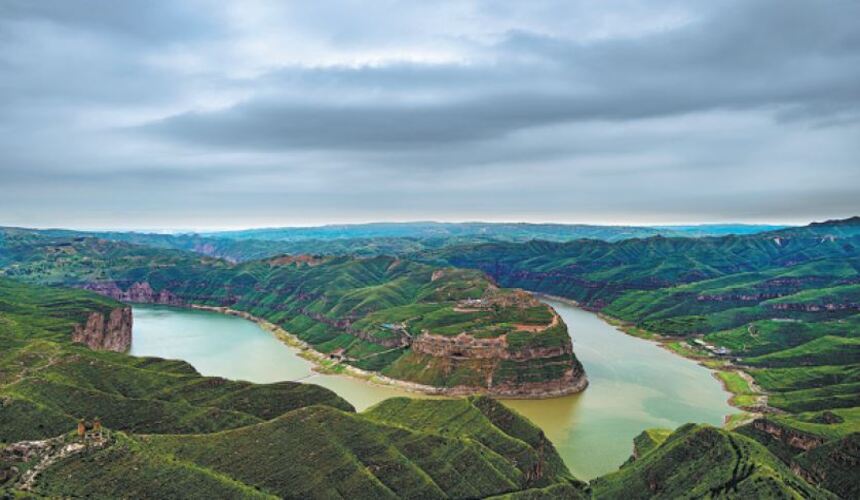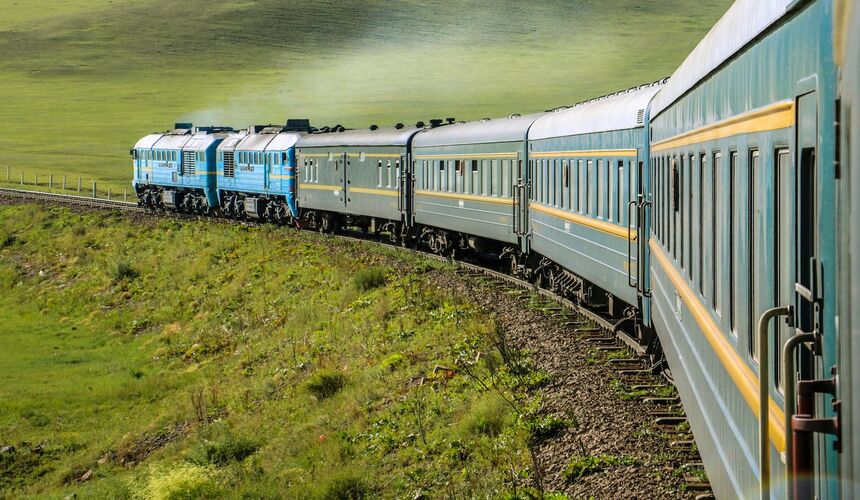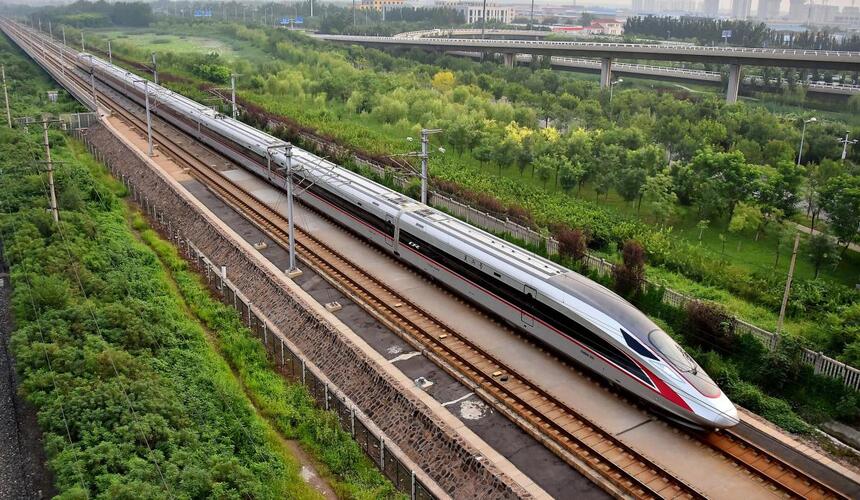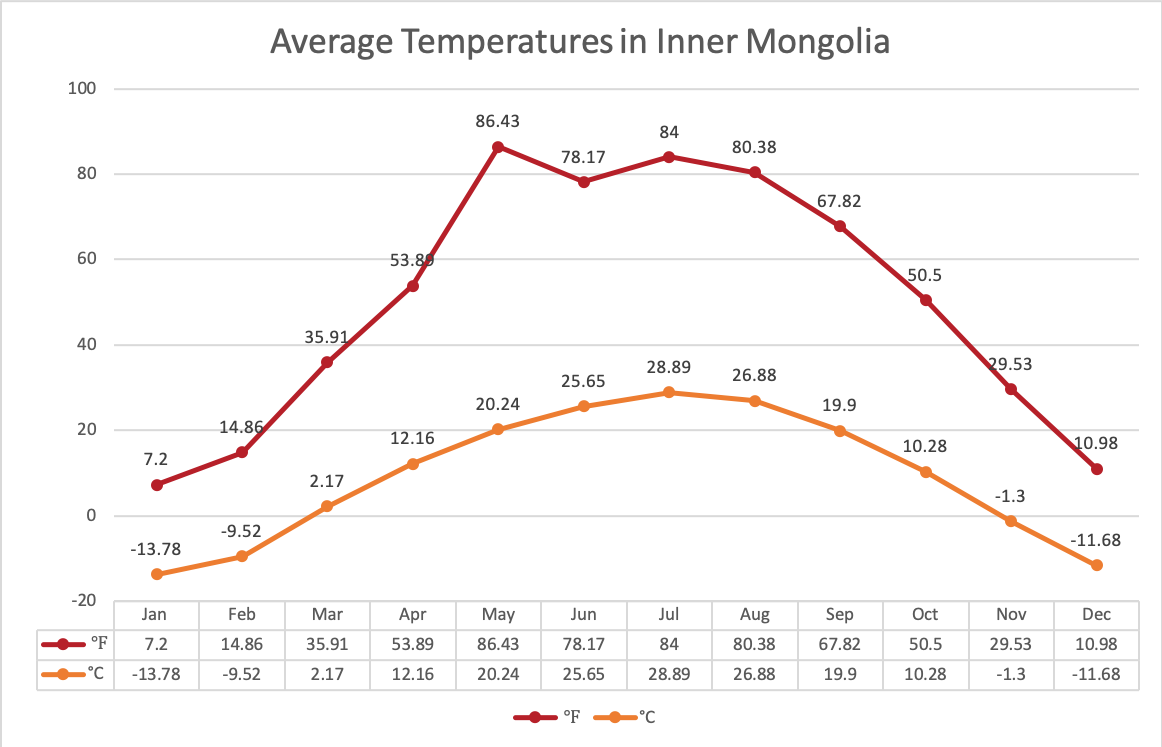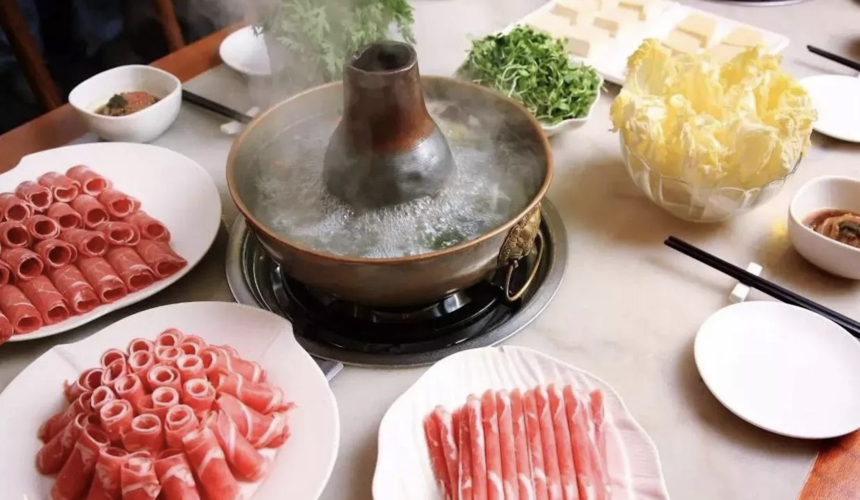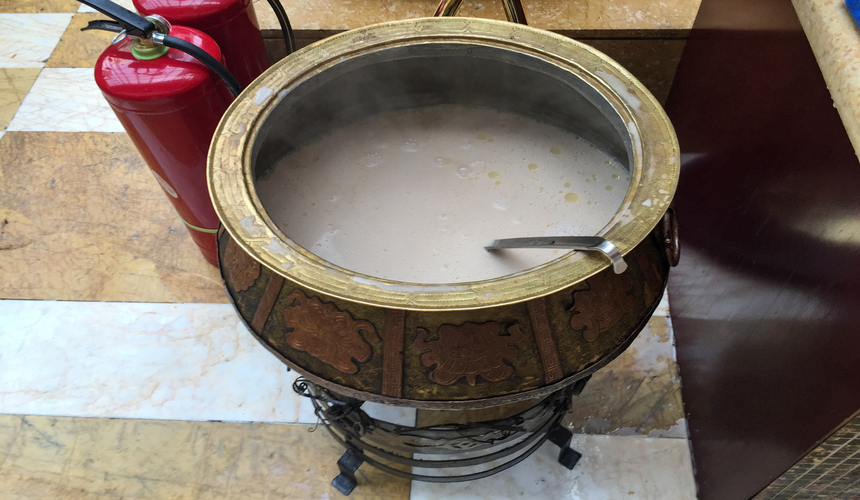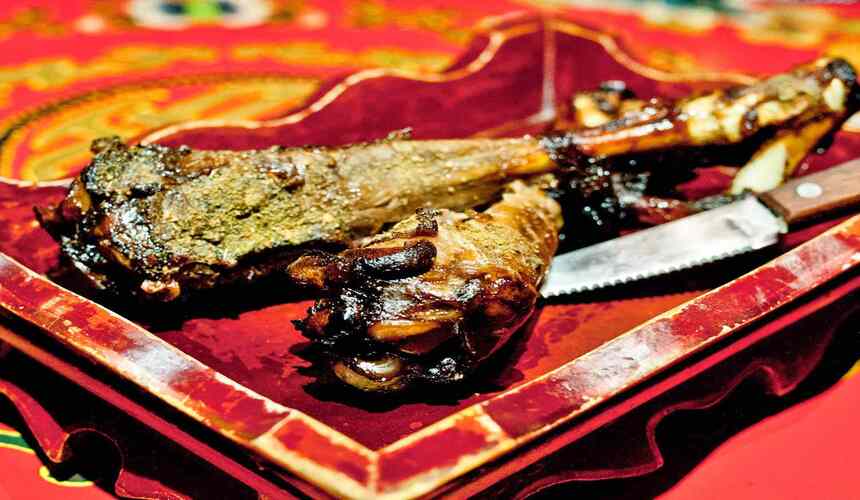The green pastureland of China
Tour around Inner Mongolia, the 3rd largest province in China, dwelled by higher population of Han Chinese and other minor ethnic groups. This banana shaped vast land has much to offer when it comes to relax and explore. The splendid capital city in Hohhot, charming landscape in Wulanchabu, beautiful grassland in Baotou and famous Mausoleum of Genghis Khan and Resonant Sand Bay in Ordos are the top must-visit places to get the essence of Mongolia, especially, for those with a limited travel time.
Generally, the best time to visit Inner Mongolia is from July to September. However, due to the vastness of the region, the optimal travel time varies for each area. For the western part, the period from July to mid-October is ideal. For the eastern part, the best time to visit is from July to August when the grass is green and the sky is blue. For the Daxing’anling forest region, it is recommended to visit during the middle to late May when the wildflowers are in bloom, or in the middle of September when the leaves turn colourful.
The four seasons in Inner Mongolia are distinct, with spring temperatures rising sharply and many windy days with little rainfall. Summer is brief, and most rainfall occurs during this season. In autumn, the temperature drops suddenly, and frost arrives early. Winter is quite long, with cold snaps.
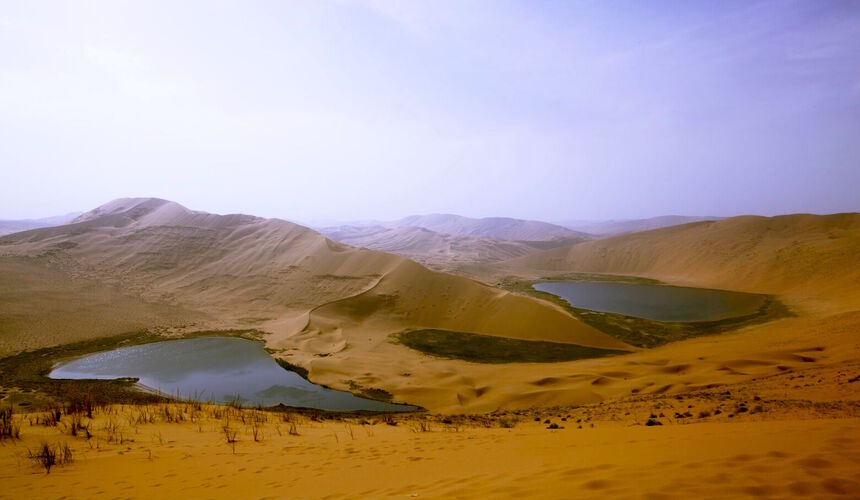
Badain Jaran Desert
The Badain Jaran Desert, the world's fourth-largest desert, is a remote yet stunning landscape covering 49,000 sq km. It features desert lakes, Buddhist temples, and towering dunes, some of which are among the tallest in the world, reaching over 460m. The tallest dunes have a solid core and do not move. The closest town in the region is Alashan Youqi, which is a 30-minute drive from the dunes.
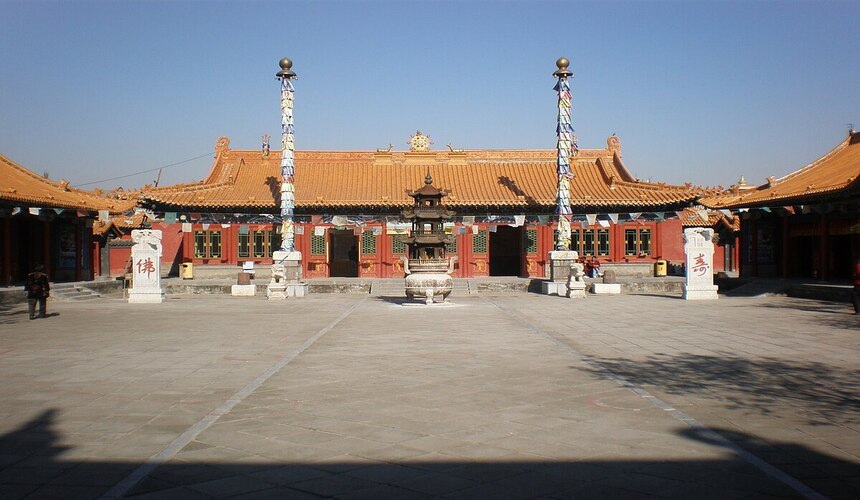
Dà Zhào
The Dà Zhào Tibetan Buddhist temple is the oldest and largest in the city. Also known as the 'Immeasurable Temple' in Chinese, it was originally constructed in the 16th century and expanded in the following century. This sacred place offers a fascinating introduction to the mysterious ways of Tibetan Buddhism and attracts pilgrims from across the land. Visitors prostrate themselves fully in prayer on boards in front of the magnificent altars throughout the temple.
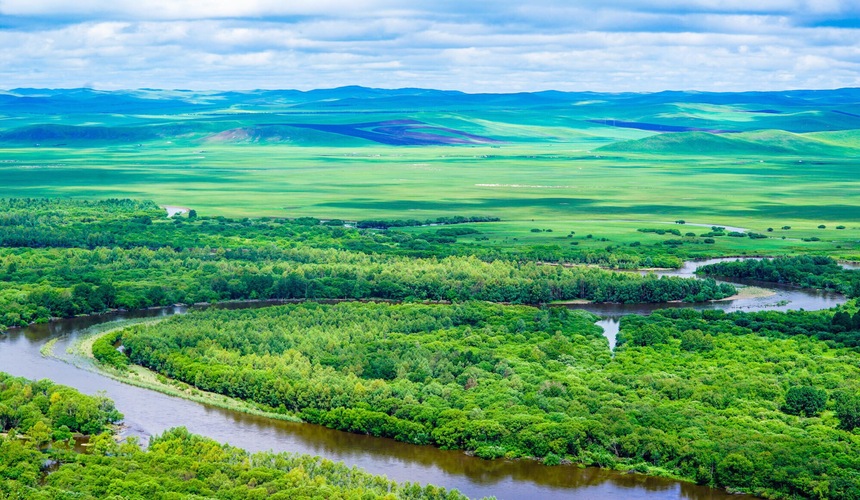
E'erguna National Wetland Park
The E'erguna National Wetland Park offers unparalleled forests while Linjiangtun is a village full of Russian ethnic customs. The northern forest area is relatively primitive making it easier to feel the Russian customs.
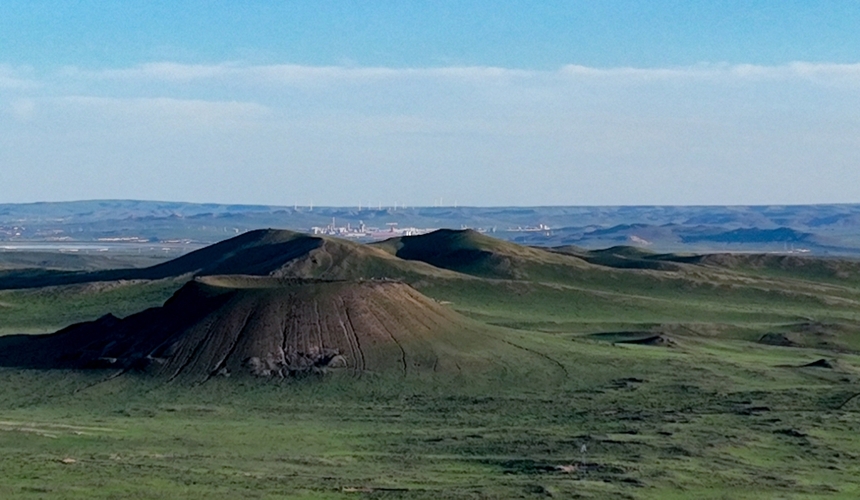
Wulanhada Volcano Geopark
In Ulanqab you can visit the young volcano in the Wulanhada Volcano Geopark. You can also stop at a Paradise of grassland named Huanghuagou Tourism Area, where youll find flocks of southern geese and 300 different kinds of plants. It is one of the three best meadow grasslands in the world.
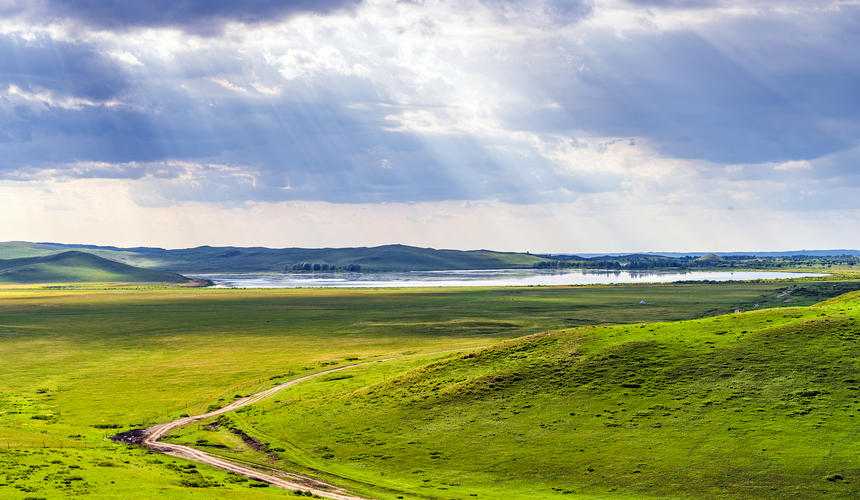
Xilin hot
This region is rich in all kinds of natural resources. It has the country’s first grassland nature reserve - Xilin Gol National Grassland Nature Reserve and China's largest natural botanical garden - Grey Teng Shiller Natural Botanical Garden and biggest natural lake - Zagos Tai Nur. There are also 17 ethnic groups such as Mongolian, Han, Hui and Manchu with their strong ethnic customs. The Pingdingshan is a unique mountain formed by the volcanic eruption. The view of the sunrise or the sunset on Pingdingshan is particularly fantastic, especially at sunset.
Traditional Mongolian food is widely available in Inner Mongolia. It is typically rich in dairy products such as milk, yogurt, and cheese. The traditional Mongolian milk tea is particularly delicious. Meat, especially lamb, is the main component of most meals. The meat is usually roasted with a blend of spices to give it a strong and distinctive flavour. Like many regions in China, hotpot is a popular cooking style. Mongolian hotpot usually features a well-flavoured soup without the spiciness of central China. The most common Mongolian dishes include Mongolian hotpot, hand-held mutton, succulent roast leg of lamb, and a variety of other mutton or lamb dishes.
Must-try: Roast Lamb, Instant-Boiled Mutton, Cooked Mutton, Finger Mutton, Naked Oat Flour, Milk Tea, Shaomai.
Air
The Inner Mongolia Autonomous Region has over 13 airports. However, the airports most frequently used by visitors are Hohhot Baita International Airport (IATA: HET), Hulunbuir Dongshan International Airport (IATA: HLD), Baotou Donghe Airport (IATA: NGB), Ordos Ejin Horo International Airport (IATA: DSN), Manzhouli Xijiao International Airport (IATA: NGB), and Chifeng Yulong Airport (IATA: CIF).
Hohhot Baita International Airport is the ideal transfer airport for first-time travellers to Inner Mongolia from other cities in China, such as Beijing (2.5 hours), Shanghai (2 hours), Xian (2.5 hours), Guangzhou (1.5 hours), Chengdu (1.5 hours), Kunming (2.5 hours), Guilin (2.5 hours), and Chongqing (2 hours). For those with a clear purpose of visiting the Hulunbuir Grassland, flights are available from Beijing (2.5hrs), Hohhot (2.5hrs), and Harbin (1.5hrs) to Hulunbuir Dongshan International Airport.
Train
Additionally, Hohhot and Baotou in central Inner Mongolia offer convenient railway transportation, connecting to surrounding provinces and cities including Beijing, Shanxi Province, and Hebei Province via high-speed/bullet train. Efficiently transfer between central cities in Inner Mongolia, such as Ulanqab, Hohhot, Baotou, and Ordos by riding a high-speed train. Additionally, normal trains connect Inner Mongolia with Beijing, Shanghai, Xian, Harbin, Dalian, Hangzhou, Chengdu, Kunming, Guiyang, Lanzhou, and Yinchuan. Compared to the central region, railway traffic in northeastern and western Inner Mongolia is relatively underdeveloped. Only normal trains are available, and some railways are only provincial.
